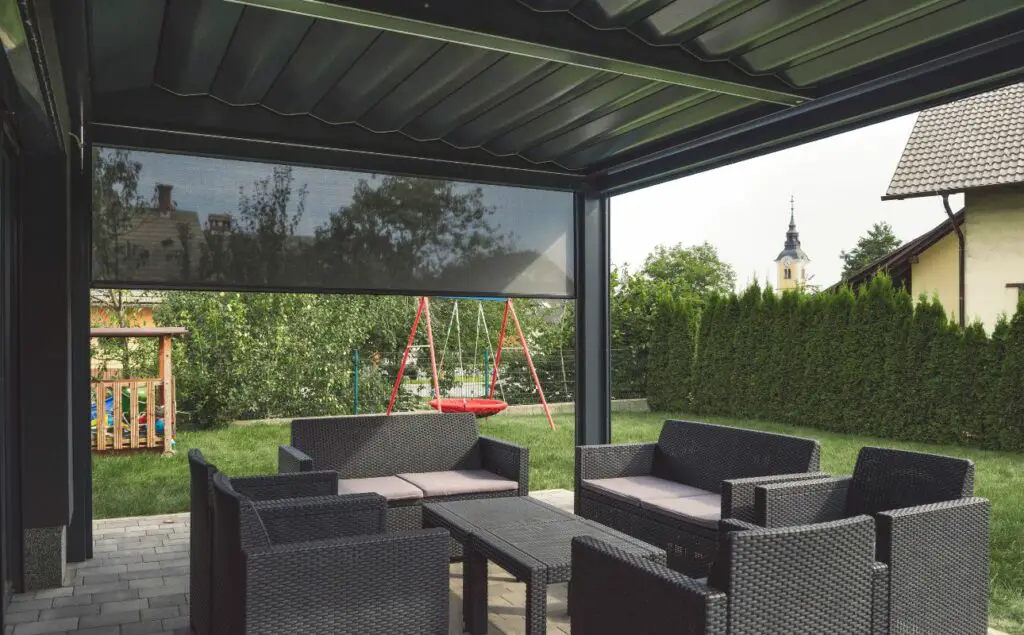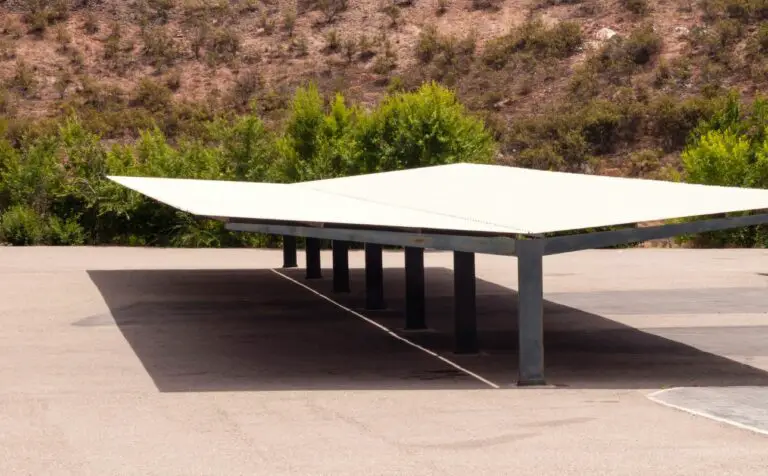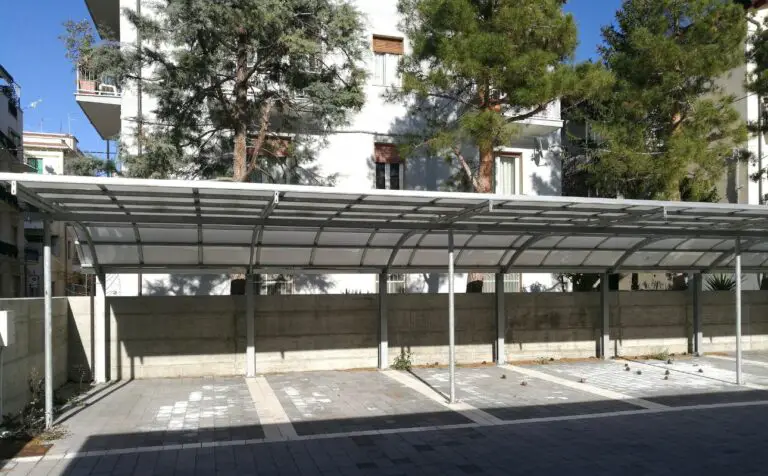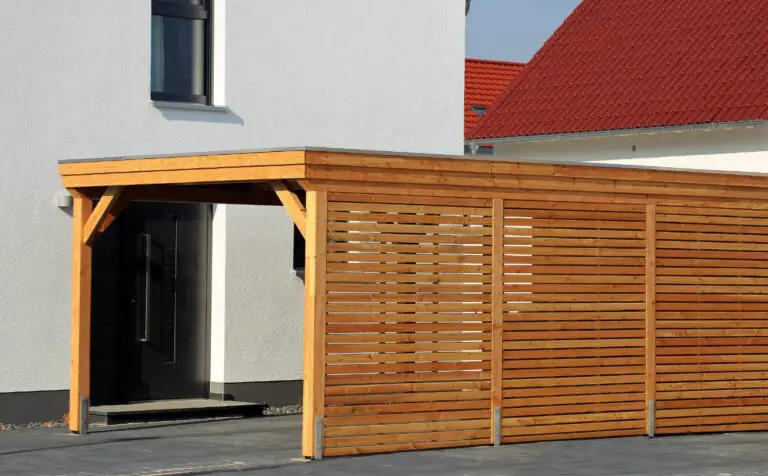Does Pergola Need Footings? (Important Facts!)
Footings are an essential part of any structure’s foundation as they provide stability and support for the weight of the entire construction.
So, does a pergola need footings? To establish a sturdy foundation for your pergola, it is imperative to have at least three footings, preferably four or more. Depending on the soil’s nature, excavating three to four holes can consume anywhere from two to three hours of your time.
Whether you’re a DIY enthusiast or hiring a contractor for your project, understanding these key concepts will help ensure your pergola is built safely and securely.

What Are Footings?
Footings distribute the weight of the building evenly across the ground, preventing it from sinking or shifting over time. Some common types include strip footing, pad footing, raft footing, and pile footing.
Each type has its advantages and disadvantages, so it’s important to consult with a professional engineer before deciding which one is best suited for your project.
Types Of Footings
There are different types of footings that can be used depending on the type of soil and load-bearing capacity required for the building.
- Concrete Footings
These types of footings are one that provides stability and support for the entire structure. These footings involve digging holes into the ground where concrete is poured in and allowed to dry.
When done correctly, these types of footings can withstand heavy loads and ensure that your pergola lasts for years without any issues.
If you’re not comfortable with professional installation or don’t have experience working with concrete, it’s best to leave this task to professionals who can guarantee top-quality results.
- Deck Footings
These are typically made from concrete as well and involve digging holes into the ground where concrete is poured in to create a stable base for your pergola.
However, unlike traditional concrete footings, deck footings can be installed above ground level and are often used when soil conditions aren’t suitable for traditional footings.
With proper installation and maintenance, these footings can provide excellent stability and durability for your pergola.
Factors That Influence The Need For Footings In Pergolas
A poorly constructed or unstable pergola can pose potential safety risks and cause damage to your property. This is why it’s crucial to ensure that your pergola has adequate support, which may include footings.
The need for footings in a pergola largely depends on the soil conditions where you plan to build it. If you have loose or sandy soil, footings are necessary to prevent the structure from sinking or shifting over time.
Similarly, if you live in an area with high winds or heavy rainfall, footings can provide additional stability and prevent damage caused by extreme weather conditions.
When Footings Are Necessary For Pergolas?
Footings provide stability and support for any structure built above ground level, including pergolas. However, there are certain situations where footing may not be required.
Cost considerations are often a factor when deciding whether or not to install footings for your pergola. Adding footings can increase the cost of materials and labor significantly.
Some areas may have specific building codes that require footings for all structures over a certain size or weight. It’s important to check with your local government before beginning construction on your pergola to ensure compliance with these regulations.
Factors to Consider When Deciding if Footings Are Necessary:
- Size and Weight of Pergola
- Building Codes in Your Area
- Budget Constraints
Alternatives To Footings For Pergolas
One such alternative is pergola anchoring systems, which come in a variety of options such as post brackets or anchors that attach directly to concrete surfaces. These systems allow for a secure installation without the need for extensive excavation and pouring of concrete footings.
Another option gaining popularity is ground screws, which use helical blades to screw into the soil and create a strong anchor point. Ground screws offer quick installation with minimal disturbance to the surrounding environment.
| Anchoring System | Pros | Cons |
| Post Brackets | Easy Installation, Affordable | Limited Strength |
| Concrete Anchors | Strong Hold, Durable | Expensive, Time-Consuming |
| Ground Screws | Quick Install, Minimal Disturbance to Soil | May Not be Suitable for All Soil Types |
Ultimately, whether footings or an alternative method is used will depend on a variety of factors including local building codes and regulations, location-specific weather conditions, and personal preference.
It’s important to consult with a professional when deciding on the best option for your specific project needs.
Tips For Building A Safe And Secure Pergola
When building a safe and secure pergola, there are several design ideas worth considering. First, ensure that the structure is built with sturdy materials such as pressure-treated lumber or cedar.
You may also want to consider adding decorative touches like lattice panels or climbing vines to enhance its visual appeal. Keep in mind budget considerations when selecting materials and designing the overall layout of your pergola.
To further ensure the safety of your pergola, it’s crucial to install footings for stability.
Here are some additional tips to help you build a structurally sound pergola:
- Use appropriate hardware such as galvanized screws, bolts, and brackets.
- Consider consulting with a professional builder or engineer if you’re unsure about any aspect of the construction process.
- Regularly inspect and maintain your pergola to prevent damage from weather conditions or wear over time.
The Bottom Line
The need for footings when installing a pergola depends on various factors such as the intended use of the structure and the local building codes.
If you plan to have a permanent pergola that can withstand strong winds, then footings are essential. If you only intend to use your pergola temporarily or it is in an area with mild weather conditions, then footings may not be necessary.
FAQ
What Is The Average Cost Of Installing Footings For A Pergola?
When considering the installation of footings for a pergola, there are several cost considerations to keep in mind.
Hiring a professional contractor can range from $1,500-$3,000 depending on the location and size of the project. Materials such as concrete blocks or even pre-cast pier blocks can be purchased at relatively low prices and installed with some basic knowledge and tools.
Can A Pergola Be Safely Secured Without Footings?
If you’re looking for temporary pergola alternatives, there are methods for anchoring pergolas without footings.
It’s important to note that if a pergola is intended for long-term use or in an area with high winds, footings will provide added stability and safety.
However, if the pergola is only intended for short-term use, such as a summer party or event, using anchors like post supports or ground spikes can be effective.
How Deep Should The Footings Be For A Pergola?
To ensure that a pergola can withstand strong winds, it is important to consider the depth requirement for its footings. Wind load calculation plays an essential role in determining the appropriate depth of footings needed for your pergola.
The general rule of thumb is that the footing should be at least one-third of the height of the post above ground level. Therefore, if you are building a 9-foot-tall pergola, your posts will need to be set at least three feet deep into the ground.






